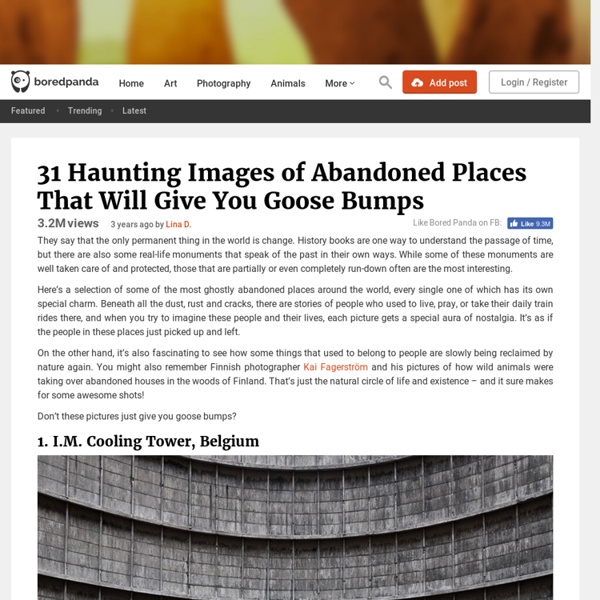VADS: free art and design images for education
Tunelurile secrete din ţara noastră
Share Tweet Email Peste 500 de kilometri de tuneluri secrete. Iată cele mai interesante tuneluri din lucrarea mai sus-menţionată, la care adaugă, pe scurt, Bucureştiul: Tunelul roman dintre România şi Ungaria Între localităţile Cenad, judeţul Timiş, şi Szeged, Ungaria, este menţionat, într-o lucrare din 1935, un tunel roman lung de 35 de kilometri. Catacombele lui Iancu de Hunedoara de la Şiria În timpul luptelor cu turcii, în jurul anului 1444, Iancu de Hunedoara, voievodul Transilvaniei şi regent al Ungariei, a săpat, în scopuri militare, două tuneluri. Buncărele din Timiş ale lui Stalin Începând cu 1952, la ordinul lui Stalin, România a construit 30 de kilometri de buncăre în jurul localităţilor Voiteg şi Jebel, judeţul Timiş, lângă graniţa cu Iugoslavia. Tunelul «Castelului din Carpaţi» Este vorba despre cetatea cnezilor Cândeşti, din satul Râu de Mori, judeţul Hunedoara, care l-a inspirat pe Jules Vernes în romanul “Castelul din Carpaţi”. Tunelurile Craiovei Catacombele lui Pintea Viteazul
Maurizio Galimberti
Amazing Places To Experience Around The Globe (Part 1) - StumbleUpon
Preachers Rock, Preikestolen, Norway Blue Caves - Zakynthos Island, Greece Skaftafeli - Iceland Plitvice Lakes – Croatia Crystalline Turquoise Lake, Jiuzhaigou National Park, China Four Seasons Hotel - Bora Bora Ice skating on Paterswoldse Meer, a lake just South of the city of Groningen in the Netherlands. Marble Caves, Chile Chico, Chile The Gardens at Marqueyssac Ice Canyon - Greenland Capilano Suspension Bridge, Vancouver, British Columbia Valley of the Ten Peaks, Moraine Lake, Alberta, Canada Multnomah Falls, Oregon Seljalandsfoss Waterfall on the South Coast of Iceland Petra - Jordan (at night) Verdon, Provence, France Wineglass Bay, Freycinet National Park, Tasmania, Australia Norway Alesund Birdseye of City Benteng Chittorgarh, India Riomaggiore, Italy Keukenhof Gardens - Netherlands. Sky Lantern Festival - Taiwan. Mount Roraima - Venezuela. Seychelles East Iceland. Lucca, Tuscany, Italy. New York City.
95 Amazing Photography Links
It’s been a really exciting week in the world of photography and Toad Hollow Photography has been searching everywhere for the very best links to share here. This week’s comprehensive list contains some terrific tutorials, reviews, collections, special features, great photography and interesting blogs, enough to keep the avid enthusiast busy for quite some time! The Toad hopes you dive right in and enjoy this list as much as he did in bringing it to you. How to fix skin tone in Photoshop: Video tutorial – this 10 minute video tutorial takes the viewer through the process of using a curves adjustment layer and its associated making layer. Lee Brown’s comprehensive tutorial shares techniques that can be used in many other ways during post-processing, expanding the horizons of those who view this presentation. Camera Settings for HDR Photography – this ten minute video presentation takes the viewer through the basic steps to get into HDR photography. Do I See You, or Do I See Me? BOOM! St.
Plitvice, a watery paradise in Croatia - StumbleUpon
In recent years, Croatia has changed from a relative unknown to one of the trendiest destinations in Europe. To a great extent this is due to the country's rocky littoral, which, washed by the Adriatic, is considered one of the most beautiful of the Mediterranean coastlines. Then there is the rich history and cultural heritage of medieval towns such as Dubrovnik, Split and Sibenik. Use the left and right arrow keys to view the images Plitvice Lakes National Park is in the Lika region of Croatia and lies in a plateau surrounded by three mountains, not far from the border with Bosnia The park is criss-crossed by a series of paths and trails that allow visitors to explore the area and observe the flora and fauna Although the park is best known for its lakes and waterfalls, it is home to a wide range of birds and animals Plitvice is the best known of the eight national parks of Croatia, a country where around ten per cent of the area enjoys some kind of protected status
Armonia fractal de Doñana y las marismas
Carsten Peter
Yosemite Panorama Pictures
Hetch Hetchy Reservoir Half Dome Cable Route On the hike to Half Dome Flat Half Dome Summit Looking from Half Dome Summit into the Main Valley (Glacier Point, Sentinel Dome, El Cap visible) Looking from Half Dome into Tenaya Canyon (left) and Little Yosemite Valley (right) Back of Half Dome (left), Liberty Cap (middle) and Nevada Falls from Panorama Trail Glaciert Point (left) and Half Dome (right) from Panorama Trail Panorama from Glacier Point (Half Dome, Nevada and Vernal Falls) Glacier Point (Half Dome and Tenaya Canyon) Liberty Cap and Nevada Falls Mono Pass Parker Pass Lower Cathredal Lake Upper Cathredal Lake Panorama from Sentinel Dome



